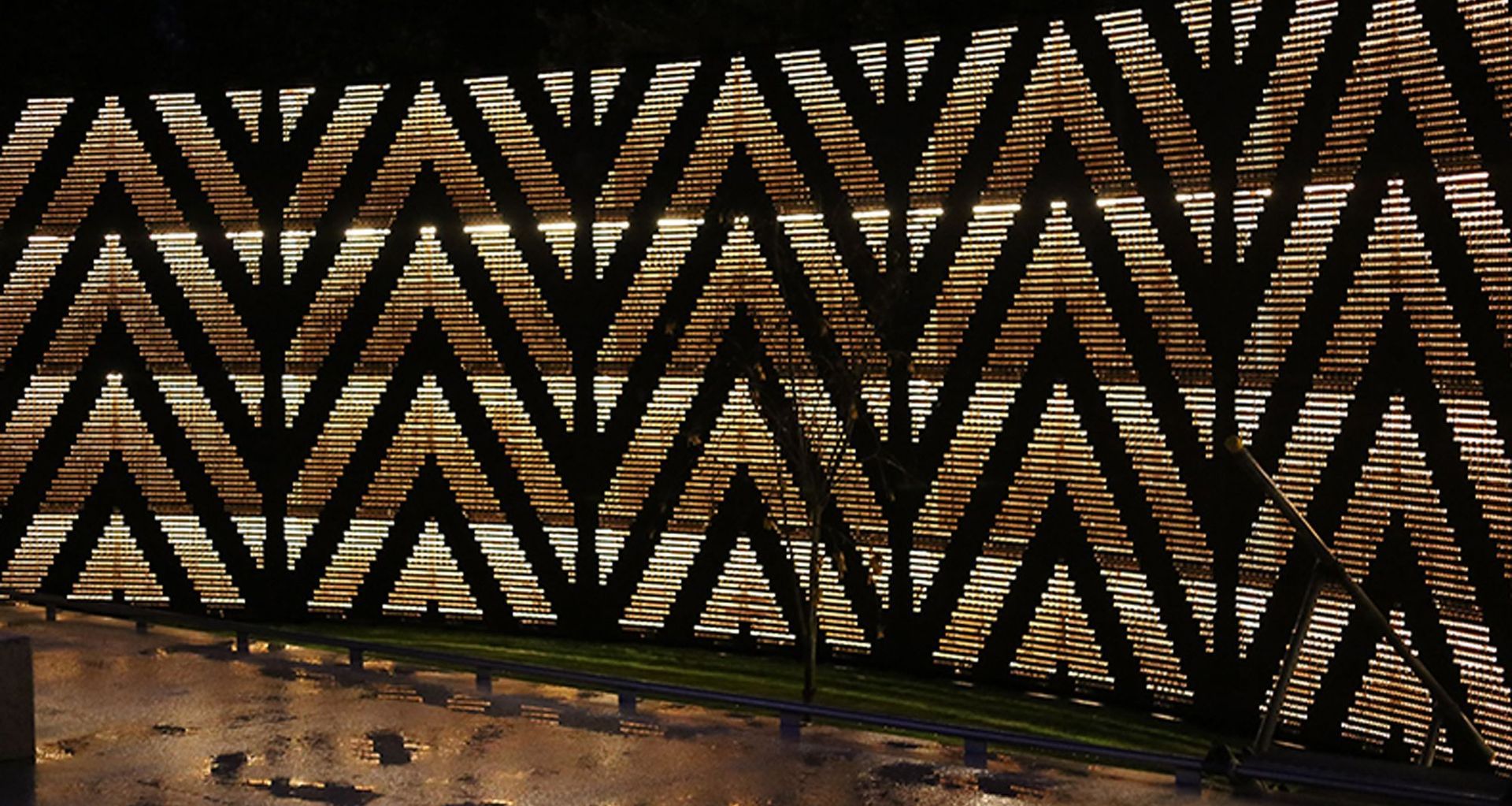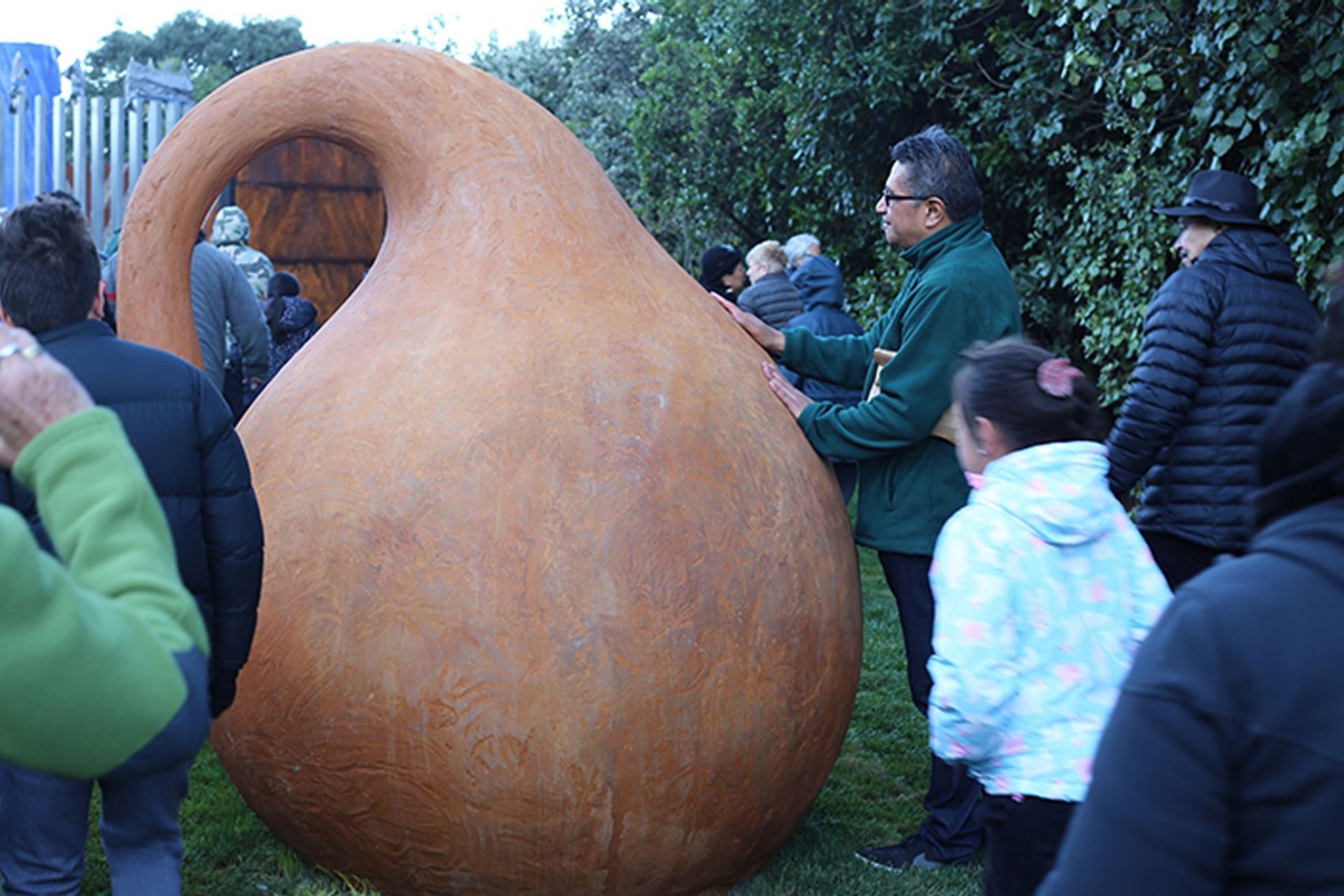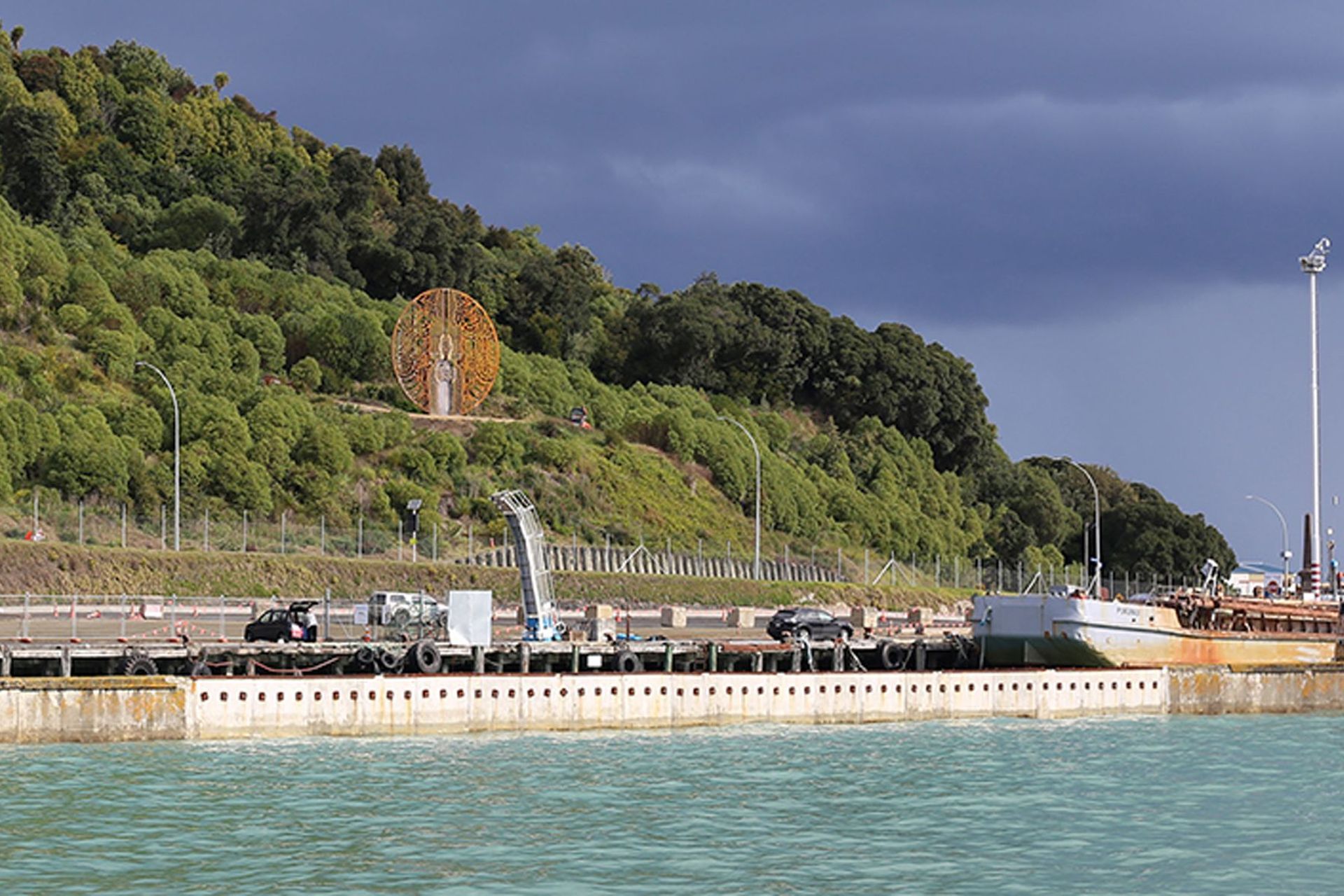Stories of arrival unveiled in Gisborne


This month marks 250 years since the first onshore meetings between Māori and Europeans at the Puhi Kai Iti Wānanga site in Turanganui-a-Kiwa .
Boffa Miskell consultants continue to work closely with the Department of Conservation, Gisborne District Council and Ngāti Oneone representatives in the initiative to recognise and acknowledge the voyaging traditions of both cultures as they navigated the Pacific.
The unveiling of Te Maro at Ruatanuika lookout and the unveiling and re-dedication of Puhi Kai Iti – Cook Landing were a major milestone in the redevelopment of the site to better represent a more balanced narrative and for local iwi Ngāti Oneone to share their story.
The design team works closely with Ngāti Oneone artist Nick Tupara to bring the stories and aspirations of mana whenua to fruition within the overall site.
Design lead Cathy Challinor says, “It has been an honour to be part of such a historic and sensitive project, and truly inspiring to play a small role in this much-needed reinterpretation of the site.”
A circular wall comprising one hundred and twelve steel tukutuku panels, punched with 53,900 individual holes have been woven with 7.3km of cord by volunteers from Ngāti Oneone and DOC, Gisborne District Council and other skilled weavers from around Te Tairawhiti. The tukutuku designs incorporate kaokao, poutama, roimata tōroa, pātiki and patterns specific to Te Poho o Rāwiri Marae.
Another element, Te Ikaroa, acknowledges the region’s voyaging traditions. Te Ikaroa a Rauru (the long fish of Rauru) was the waka captained by Maia Poroaki from Hawaiki to Turanganui-a-Kiwa. Oversized hue (gourds) representing Maia’s skill at cultivation.
A tohu representing Ngāti Oneone ancestor Te Maro is positioned at the Ruatanuika lookout. Te Maro was the grandson of the rangatira Rakai a Tane at the time of the Endeavour arrival in 1769, and one of nine Māori who were killed by the Endeavour crew.


